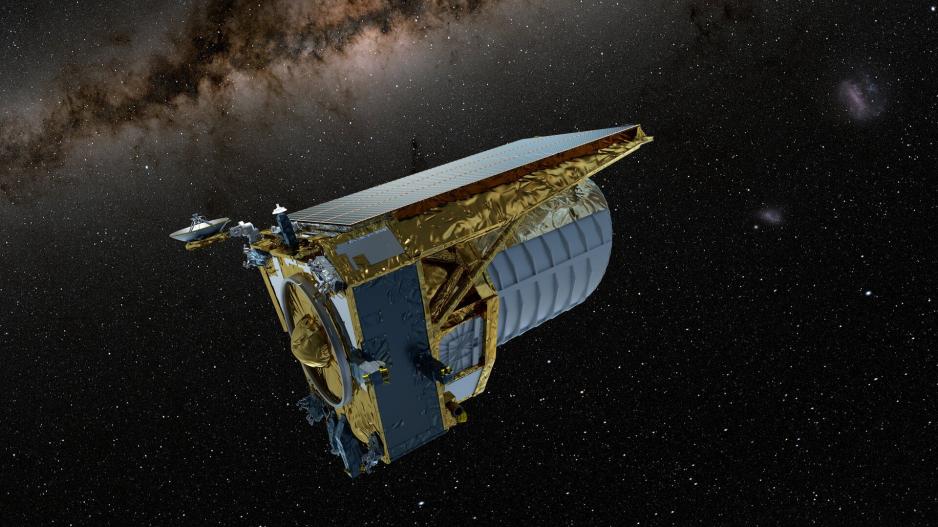Euclid Space Telescope's Visibility Impaired by Ice Layer
If the Ice Must Be Melted During the Telescope’s Planned Six-Year Mission, It Could Lead to a Delay of up to Six Months
Scientists are working to melt a thin layer of ice that is increasingly clouding the visibility of the Euclid space telescope, dubbed the 'dark universe detective,' the European Space Agency (ESA) has announced.
This ice accumulation represents the latest in a series of technical hurdles for the telescope, which was launched into space in July, tasked with mapping a third of the sky. ESA hopes that Euclid will unveil more about the nature of dark matter and dark energy, which are believed to make up 95% of the universe.
During checks in November, the ground team first observed some light loss in the telescope's visible-light imaging system, according to Euclid’s instrument scientist, Ralph Kohley.
After investigation, scientists concluded that the issue stems from a layer of ice accumulating on the telescope's optical surfaces.
One challenge is that scientists are uncertain about the exact location and amount of ice accumulation. They explain that if the ice must be melted during the telescope's planned six-year mission, it could lead to a delay of up to six months.
The Euclid mission officially began its research last month. Its first images, released in November, revealed swirling galaxies.






